|
12/11/2017 Unexpected Personality in Old PhotographsOld photographs allow us priceless glimpses of times past, but it can be hard to relate to the people pictured because of their serious expressions. Many of us learned that early photography required people to be still too long to make smiling practical. However, by the mid-nineteenth century, the technology existed to capture more fleeting expressions. Other possible explanations are that it wasn’t standard to smile in photographs because of bad teeth, cultural bias, or imitation of the solemn expressions in portrait paintings. Whatever the reason, most of our older pictures at the Society feature people looking serious, including many from the schools. However, even among early photographs, there are some surprising moments of personality. One of our favorite school pictures was taken of the West Acton Grammar School around 1886. The photographer must have had a good rapport with the children and, very unusually, let them hold objects. There was obviously no technical difficulty in capturing their smiles. In a picture from South Acton school around the beginning of the twentieth century, several students were smiling. Perhaps the reason was the boy apparently hiding behind the back row with another boy gesturing in his direction. The captured moment was a typical one in the life of a teacher, but an unusual moment of spontaneity in a class photo. (The teacher may not have felt like smiling at that moment.)
Sometimes, the choice of subject is the most telling part of the picture. A carefully composed image from another glass plate collection shows that there were also cat lovers among Acton's Brook Street Smith family. The hand at the bottom right shows that someone was trying manage the dark cat's reaction to being on display. For us in this era of photographic abundance and ease of culling and editing images, it is good to remember that those serious people in old photographs had just as much personality as we do. It was not expected that they smile in a photograph, but they may have cracked a joke or simply smiled in relief the moment after the photo was taken. That's something we all can relate to.
Comments are closed.
|
Acton Historical Society
Discoveries, stories, and a few mysteries from our society's archives. CategoriesAll Acton Town History Arts Business & Industry Family History Items In Collection Military & Veteran Photographs Recreation & Clubs Schools |
Quick Links
|
Open Hours
Jenks Library:
Please contact us for an appointment or to ask your research questions. Hosmer House Museum: Open for special events. |
Contact
|
Copyright © 2024 Acton Historical Society, All Rights Reserved
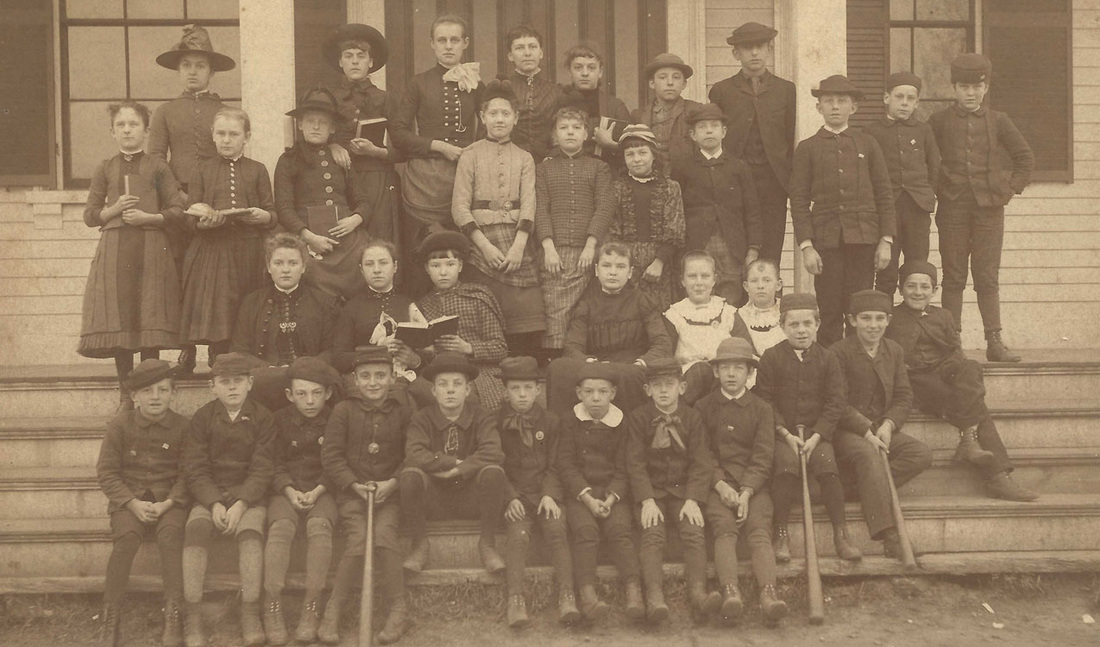
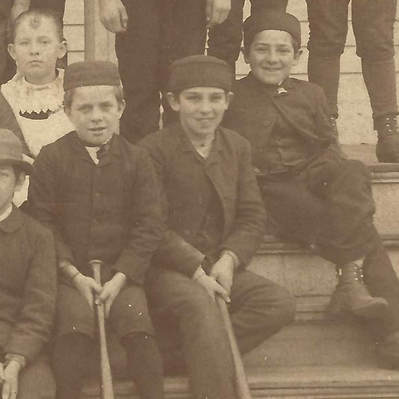
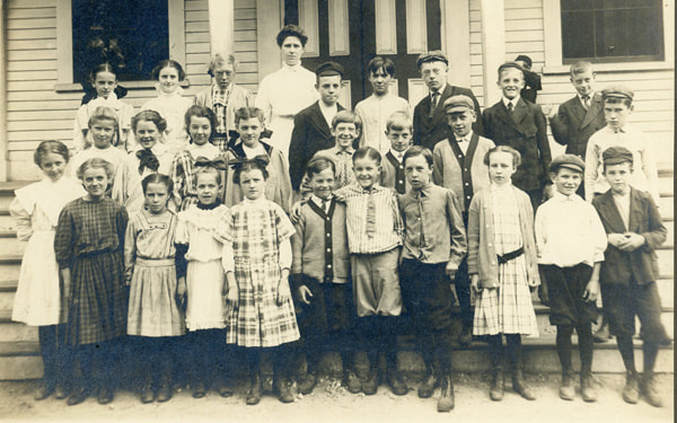
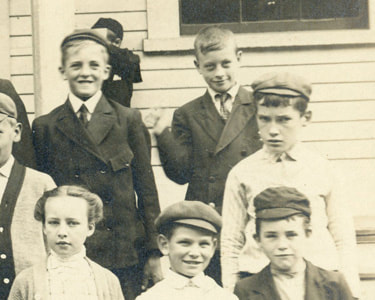
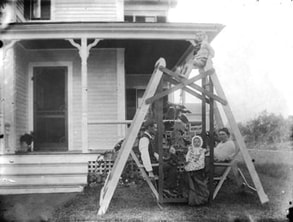
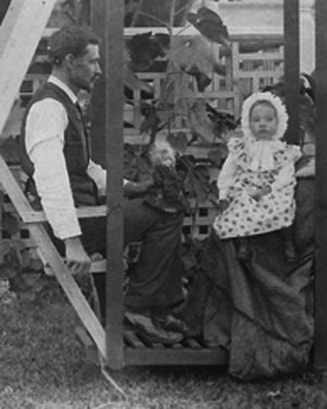
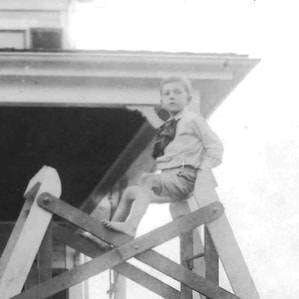
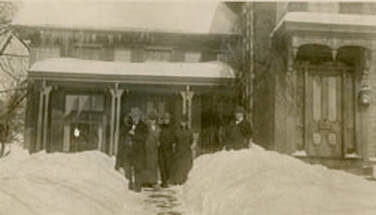
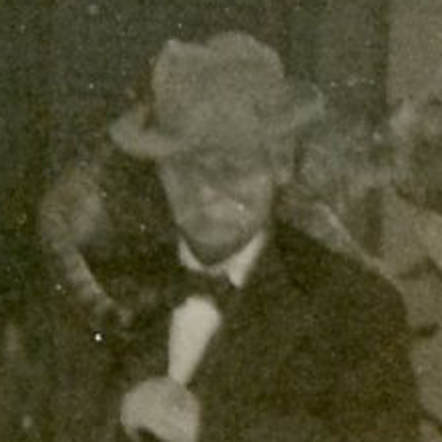
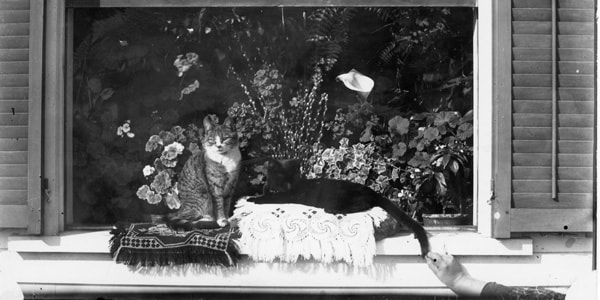
 RSS Feed
RSS Feed